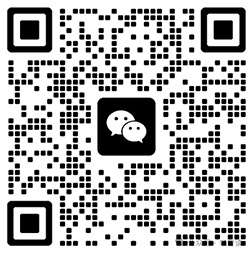Eat for Good Health
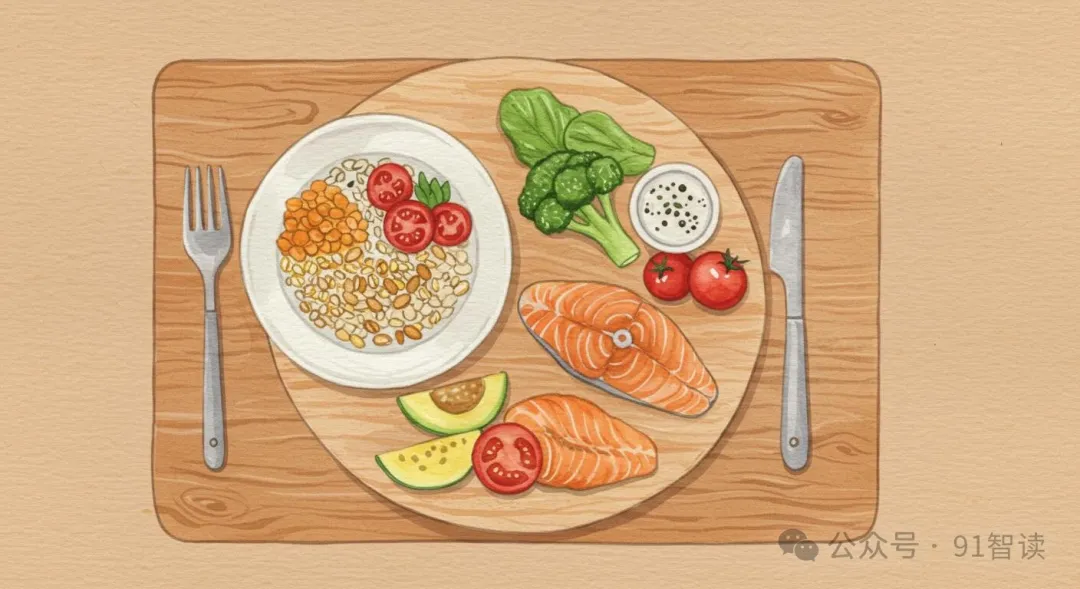
Today is the weekend, let’s talk about some lighter topics.
A few days ago, a colleague recommended a book called “You Are What You Eat,” with the reason that “disease has a direct relationship with what you eat.”
At first glance, everyone understands this. The old saying “disease enters through the mouth” is well-known to all.
This colleague came prepared, first introducing the author, Xia Meng: “She’s the chief physician of the nutrition department at Anzhen Hospital. She wasn’t originally in nutrition; she was in neurology. But she developed occult nephritis, had blood in her urine, and underwent both Western and Chinese medical treatments for over three years with no effect. Instead, she developed complications like high blood lipids, high blood pressure, and fatty liver. Later, she got into nutrition, adjusted her diet structure, and treated herself. In just 3 months, her urine protein disappeared, blood in urine decreased, blood pressure and blood lipids returned to normal, and her fatty liver reversed. She’s quite famous now.”
This introduction was so well-reasoned that I couldn’t refute it and could only listen to her continue.
“This book doesn’t just tell you what to eat; it starts by discussing the human body. The body is made up of cells, right? All organs are cells. If the rate of cell repair can’t keep up with regeneration, when cell death reaches 20% of the total, a person will die.”
I generally agree with this, but the statement “when cell death reaches 20% of the total, a person will die” seems to have an accurate number, though I’m not sure if there’s scientific basis or experimental evidence for it.
“Look at you coughing for so long without finding out what’s wrong. I suggest you read this book and consider adjusting from a dietary perspective.” (Another colleague who’s been coughing recently)
“Look at my father-in-law, he loves noodles. The book says if your blood sugar is high, eat fewer noodles, drink less porridge, and it’s best to give them up altogether!”
Give them up? It’s not like smoking or drinking, why would you need to give them up?
“Yes, give them up. The book says food can be addictive too. For example, we northerners love noodles, and a meal without staple food isn’t considered a meal. Plus there are old sayings like ‘porridge nourishes the stomach,’ but this isn’t suitable for everyone. People with high blood pressure and diabetes should eat less noodles and drink less porridge. My father-in-law likes to have porridge with pickles in the evening, thinking it’s light, but his blood sugar still needs to be controlled with medication.”
By this point, I was completely convinced by her, not only because of the theoretical foundation but also because of the example from her own family, and she was planning to put the theory into action.
This colleague would make an excellent salesperson.
That evening, I found time to read the electronic version of this book on WeChat Reading. My goal was straightforward: “Can you tell me, as a northerner, what to eat during the four seasons, 12 months of the year, how to arrange meals for seven days a week, and what to eat for three meals a day?”
Unfortunately, the book didn’t have a direct answer to my question, but it did offer some suggestions that might be helpful to you as well:
Eat Less Refined Rice and Flour
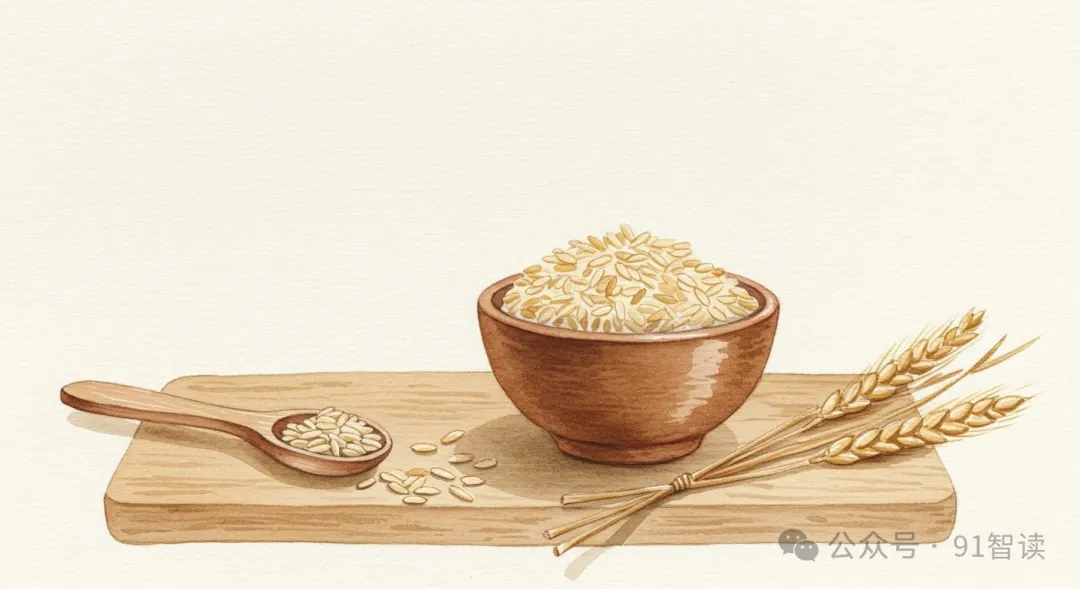
The rice and white flour we typically buy are refined, meaning that during processing, the bran and germ are removed, resulting in the loss of most dietary fiber, vitamins, and minerals. The author calls this “empty energy” — food that has energy but no other nutrients.
Therefore, the author suggests replacing refined rice and flour with whole wheat, brown rice (rice with only the hull removed, preserving the bran layer and germ), corn (whole corn kernels or coarsely ground cornmeal), oats, and tubers.
Food Diversity
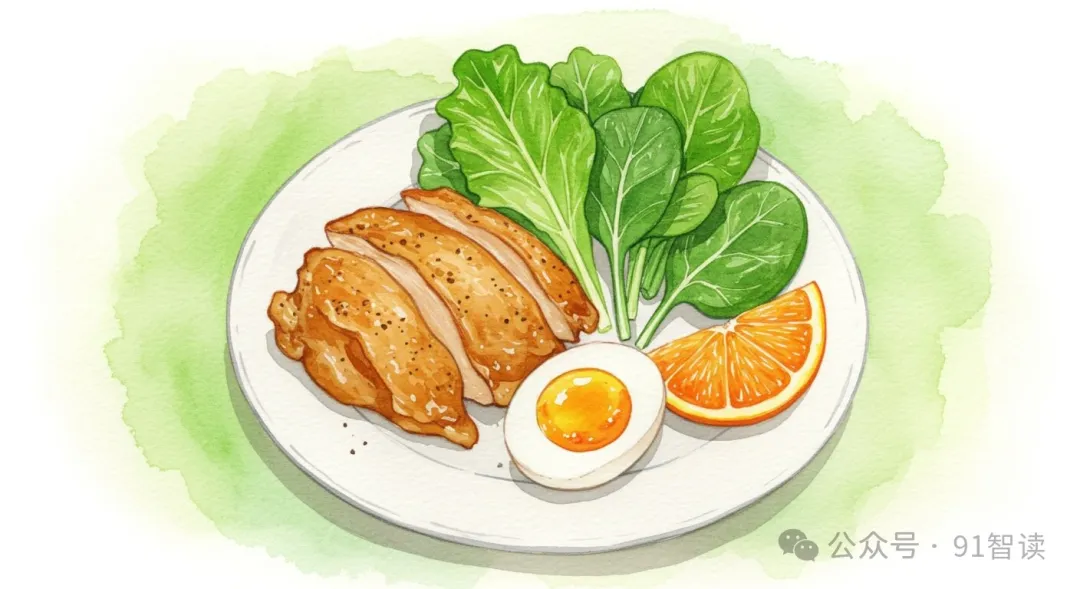
Protein: Normal people should eat 100-150 grams of meat (including livestock, poultry, and fish) daily, and 1-2 eggs per day. Animal protein has an amino acid pattern that’s closer to human body needs and is more easily absorbed and utilized.
Vegetables and Fruits: It’s best to eat more than 3 types of fruits daily, totaling more than half a pound. Ensure adequate intake of dietary fiber, aiming for 25-35 grams daily, and choose more leafy vegetables and mushrooms.
Fat: Don’t blindly “fear fat”, as fat is an important component of cell membranes. Pay attention to consuming foods rich in phospholipids, cholesterol, and essential fatty acids, such as meat, eggs, milk, and fish.
Easy-to-Remember and Practical Methods
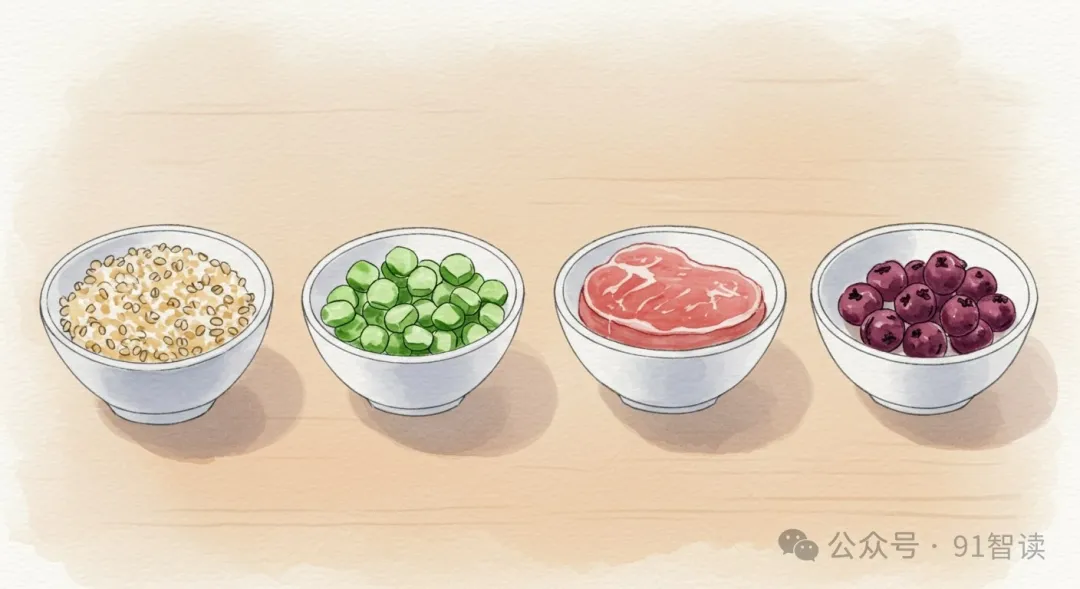
The “Four Items” Principle: Food at each meal is roughly divided into four parts: grains, protein, vegetables, and fruits. Try to include these types of food in every meal.
Color Diversity: Choose fruits and vegetables with rich colors, as different colored foods often contain different nutrients.
The “One Handful” Principle: You can use your palm, fist, etc., as rough standards for measuring food portions. For example, one serving of meat is about the size of your palm, and one serving of rice is about the size of your fist.
Chew Slowly: This aids in food digestion and absorption and increases satiety.
The book has many case studies, such as how physical workers can eat more carbohydrates, but mental workers should eat less. It’s quite easy to read, and if you’re interested, I recommend reading the original book.
Finally, for friends who often eat out, you can choose the currently popular self-service weigh-and-pay restaurants, selecting foods your body needs according to the “Four Items” principle. Wishing everyone good health through good eating.
👇Scan the QR code with WeChat to follow “91 Wisdom Reading” for daily updates and grow together.

👇Welcome to add me as a WeChat friend to chat about growth stories together.
